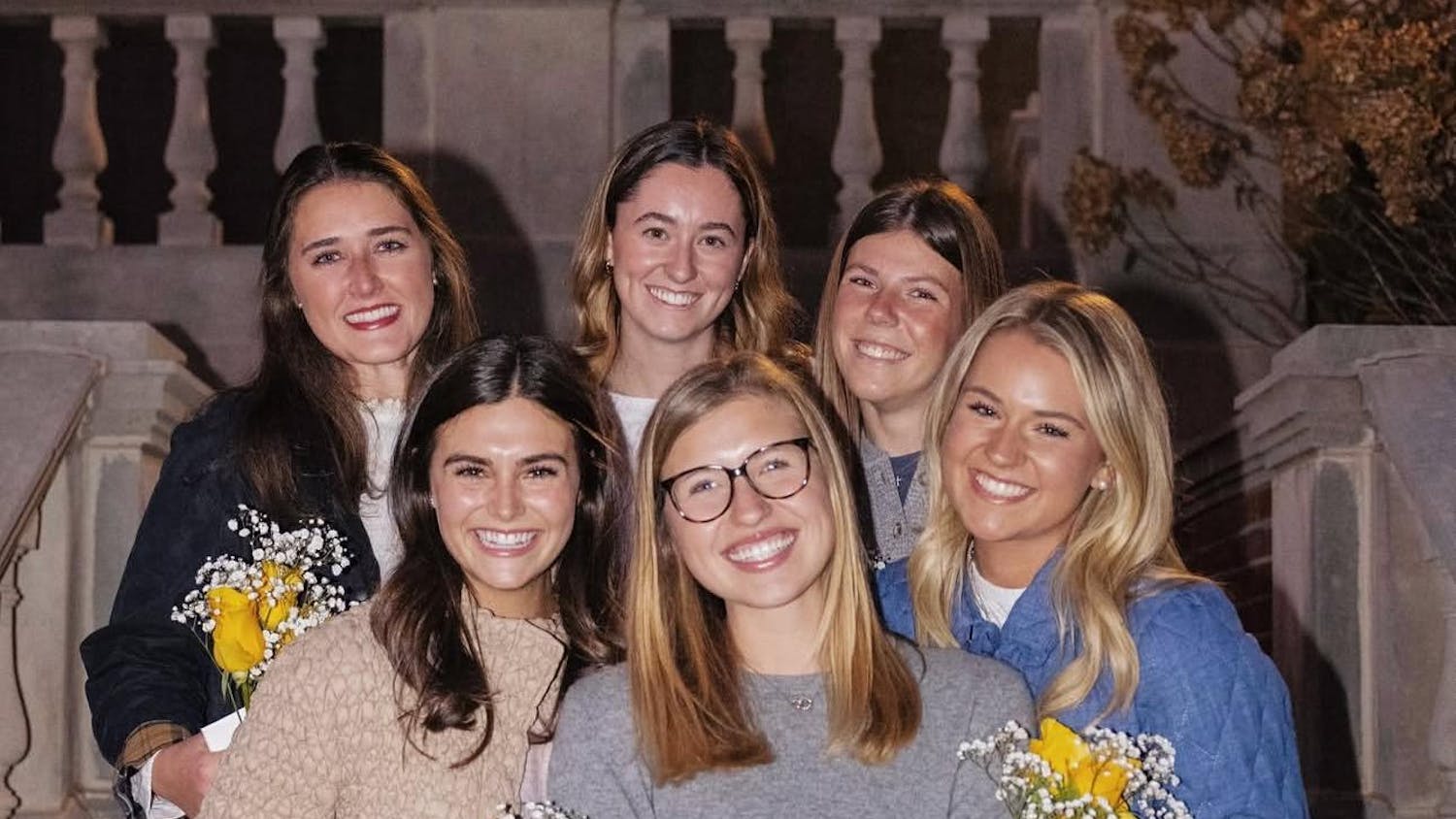AUBURN, Ala- Business school professors use the concept of “fight, flee, or freeze” to assess responses to threats similar to those posed by coronavirus such as economic downturns, supply chain problems, and disruptive innovations.
“To help understand that social phenomena, it’s useful to understand our response to a threat,” says Brian Connelly, professor of Auburn University’s Harbert College of Business. Connelly has researched for years how people respond to external threats, and says the concept of “fight, flee, or freeze” applies to a wide range of social situations, including those related to coronavirus.
“Our first calculation is whether we can fight. It appears we cannot. That is partly why the virus is so nefarious,” says Connelly. Fleeing is the next option, and can be seen in social distancing and self-quarantines. When neither fighting or fleeing is effective, the only remaining option is to freeze. Connelly says that when people and organizations freeze, they contract and protect.
“This is not just about doing nothing, it is an active response,” Connelly says, “A societal-level freeze manifests itself in things we are already starting to see: investors avoiding the stock market, businesses laying off workers, and people hoarding money and resources.”
The question is: how do we unfreeze? Connelly says the collective immunity we gain as people recover from the virus constitutes one means to fight, but takes a while to develop. He also warns that we may latch onto information that may suggest a new means to fight before the source’s credibility is determined. This leaves us with the option to flee. Connelly suggests the problem our leaders face is that fleeing seems like failure, especially given the immediate adverse economic consequences.
“People are responding to this crisis very differently,” Connelly says, “We are all asking ourselves whether we can flee the virus and even whether we should.”
Psychologist Ronald Rogers developed the “Protection Motivation Theory” to explain differences in whether people protect themselves from, or ignore a threat. Rogers suggests the decision is based on two key factors: severity and vulnerability. Essentially the process of reasoning is, “how severe are the consequences of this threat, and how vulnerable am I to becoming a target?”
Following this logic, if people underestimate the severity or the probability of contracting COVID-19, they won’t be motivated to protect against the threat of the virus. Still, Connelly warns us to the reality of the situation.
“This thing’s severe and we’re vulnerable,” Connelly says, “Right now we don’t have the tools to fight and so therefore the option available to us is to flee at least for the moment, and we want to do this as quickly and completely as we can, because it works.”







